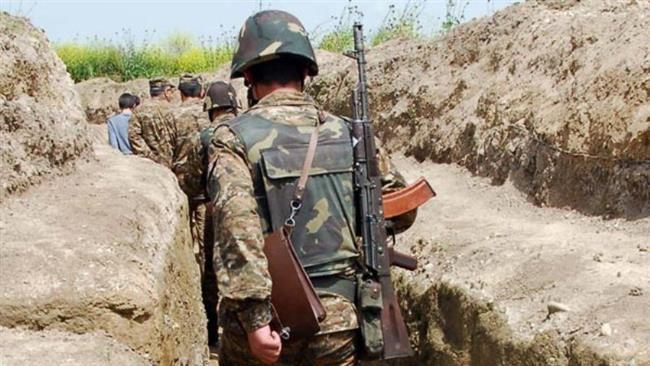
Armenia has issued an update on its soldiers killed on the battlefield, Trend reports.
In accordance with the official data of the Armenian side, over the past 24 hours the Azerbaijani army killed 40 more Armenian soldiers.
Thus, Armenia officially declared that 673 servicemen have been killed since Sept. 27, when Azerbaijan responded with a counter-offensive to another provocation of Armenia, that has been holding Azerbaijan’s lands under occupation.
It should be noted that the amount of deceased in the Armenian army is more than the revealed official figure.
Armenian Armed Forces launched a large-scale military attack on positions of the Azerbaijani army on the front line, using large-caliber weapons, mortars, and artillery on Sept. 27.
Azerbaijan responded with a counter-offensive along the entire front. As a result of retaliation, Azerbaijani troops liberated a number of territories previously occupied by Armenia, as well as take important, strategic heights under control.
The fighting continued into October 2020, in the early days of which Armenia has launched missile attacks on Azerbaijani cities of Ganja, Mingachevir, Khizi as well as Absheron district.
Following almost two weeks of intensive military confrontations, Armenia and Azerbaijan, with Russia’s mediation, have agreed on a temporary ceasefire for humanitarian purposes, for exchange of prisoners of war as well as bodies of the dead.
Despite the ceasefire, the Armenian Armed Forces launched missile attacks on civilians in the central part of Ganja city and a great number of civilian infrastructure facilities and vehicles were heavily damaged.
The Armenian Armed Forces, flagrantly violating norms and principles of international law, the Geneva Conventions of 1949 and Additional Protocols to it, as well as the requirements of the humanitarian ceasefire declared on October 10th, continue to deliberately target the civilian population of Azerbaijan, and intensively bombard densely populated settlements.
The conflict between the two South Caucasus countries began in 1988 when Armenia made territorial claims against Azerbaijan. As a result of the ensuing war, the Armenian Armed Forces occupied 20 percent of Azerbaijan, including the Nagorno-Karabakh region and seven surrounding districts.
The 1994 ceasefire agreement was followed by peace negotiations. Armenia has not yet implemented four UN Security Council resolutions on the withdrawal of its armed forces from Nagorno Karabakh and the surrounding districts.
 Oval Useful news from Azerbaijan and Caucasus
Oval Useful news from Azerbaijan and Caucasus


